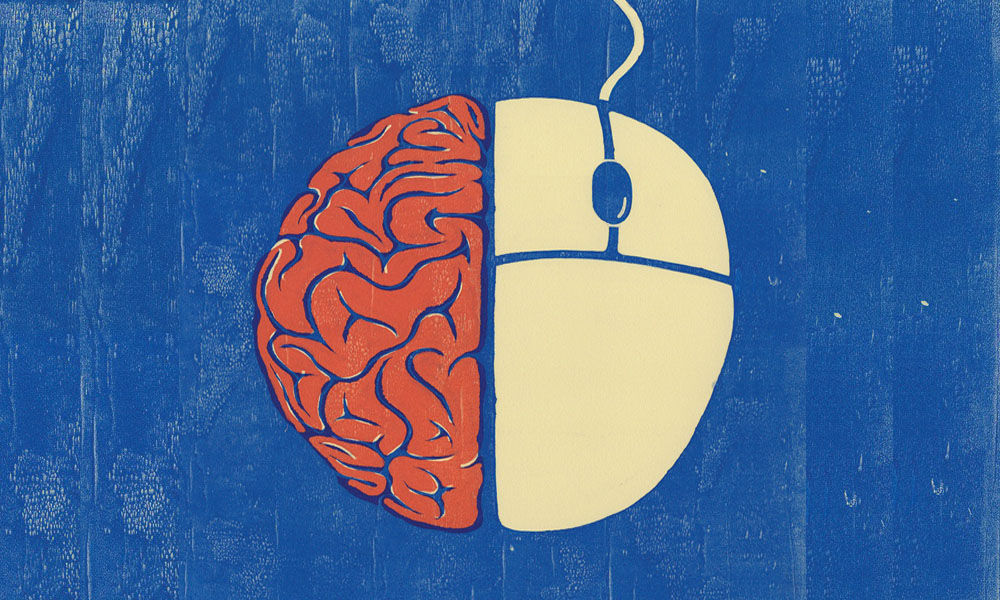Introduction
In today’s digital age, the Internet has become one of the main channels for people to obtain information and socialize. With the popularity of the Internet, we are also facing a serious problem, that is, the spread of objectionable content including bullying, harassment and violent content on the Internet. These problems not only affect the mental health of individuals, but also have a negative impact on the overall atmosphere of the Internet and society. Now,the Internet has evolved into a borderless platform, which makes these malicious acts spread more widely, and the problem has become more complex. This article will explore a key question: Who should be responsible for stopping the spread of these bad content on the Internet? This is a subject of great concern and controversy because of the rights and responsibilities of many parties involved. Individual users, social media platforms, governments are have been identified as possible responsible parties. We will analyze these different perspectives in depth in the following content, and evaluate their effectiveness to protect the rights and interests of individual users and maintain the security of the Internet.

“Smoke and Mirrors: The Psychology of Internet Control” by Dean Long is licensed under CC BY-NC 4.0 DEED
Objectionable content, including cyberbullying, harassment and violent content, is a serious problem in today’s digital society, which causes certain harm to individuals and society. Cyberbullying usually manifests as malicious, insulting, mocking, or threatening behaviour toward others through Internet platforms (Feinberg & Robey, 2009). Cyberharassment is a deliberate, repetitive behavior, carried out over the Internet, intended to cause psychological or emotional harm to the victim(Abarna et al., 2022). Online objectionable content includes text, images or videos that are shared, disseminated or promote violence, hatred, racism, sexism, terrorism or other harmful acts on the Internet (UN, 2023). Statistics show that around a third of adolescents in 30 countries have experienced cyberbullying on the Internet (UNICEF, 2019). These problems are not only in personal Internet, but also in various Internet platforms such as social media, online games, email, and so on(Feinberg & Robey, 2009). These statistics and case studies prove the importance of the issue of cyberbullying, harassment and violent content, and why we need to work together to solve it to ensure that the Internet is a safe environment.
Government
Governments play a key role in preventing the spread of objectionable content. First, governments can enact strong laws through legislation and regulation to limit and punish objectionable content spreading and ensure it is held accountable.In 2013, Canada come up with the Cyberbullying Act, Bill C-13, a Canadian law designed to combat cyberbullying and cybercrime and protect Canadians from cybercrime and harassment (Puzic, 2015). Australia also introduced the Online Safety Act , which aims to ensure the safety of online Spaces and combat hate speech, cyberbullying and objectionable content(Holland & Tang, 2023). The regulatory role of governments is not limited to individual countries, but can also cooperate at the international level to develop cross-border regulations to stop the spread of malicious content.
Platforms
Social media platforms also play an important role in stopping the spread of bad content. These platforms need to develop stricter content censorship systems to ensure that prevent people from spreading bad content. This includes identifying keywords to remove posts that contain abusive, discriminatory, violent or hateful content. These platforms should improve software algorithms to reduce the spread and recommendation of malicious content, thereby reducing the risk of exposure for users (Citron, 2014). Some companies have already taken positive steps, such as Facebook’s “Community Guidelines” and Twitter’s “X’s Policy.” These policies set out what content is not allowed and provide a reporting mechanism for users to monitor each other and quickly deal with violations.
Society
In essence, social education is the foundation of the network environment. Schools should include courses that teach students how to use the Internet safely, how to spot disinformation, and how to deal with cyberbullying and harassment. Parents also have an obligation to guide young people’s online behavior to avoid being hurt or thinking about hurting others. These social activities can help build a safe online environment and reduce the incidence of cyberbullying, harassment and the spread of violent content.
Stopping objectionable content is a very important goal, but there are a number of different points of view regarding the implementation of this goal, the most common of which is the concern of Internet users about their individual right to free speech. Some people worry that taking too harsh measures to crack down on the spread of objectionable may infringe on the right to free speech, saying that the Internet should be an open platform where people can express a wide variety of opinions or express any opinions, even if they may be controversial. The second view is that there are concerns about excessive content censorship and abuse of power by Internet platforms. Due to the support of the law, Internet platforms will have too much power to determine what content can exist on the network, which may lead to the platform being controlled by one side, for example, in the run-up to the 2016 presidential election, the moderators of a large online community of Trump supporters deleted more than 2,000 accounts critical of Trump (Conditt, 2016). In response to this problem, Internet platforms can establish transparent and fair censorship policies, and multiple parties can work together to ensure balance. Governments and platforms need to respect legitimate freedom of expression while balancing free speech with regulatory regimes by taking steps to limit objectionable content. This can be achieved by establishing a transparent content review process and establishing a grievance procedure. What you need to do as an Internet user is to self-monitor and learn to respect the rights and feelings of others and communicate rationally.

“Anonymous computer hacker over abstract digital background” by Jernej Furman is licensed under CC BY 2.0 DEED
Conclusion
In the digital age, the dissemination of objectionable content has become a serious problem that requires collaboration between governments, social media platforms and all sectors of society. In terms of regulation and law making, the government needs to make clear laws to balance the right to freedom of expression and the regulatory regime to ensure the safety of the Internet space. Social media platforms should take proactive measures to limit and prevent the spread of undesirable content through mechanisms such as keyword censorship and user reporting. Society needs to improve Internet literacy to reduce the spread of undesirable content. Only through the joint efforts of multiple parties can we build a stable network environment.
Reference List
Reference list:
Abarna, S., Sheeba, J. I., Jayasrilakshmi, S., & Devaneyan, S. P. (2022). Identification of cyber harassment and intention of target users on social media platforms. Engineering applications of artificial intelligence, 115, 105283.
Conditt, J. (2016, July 28). Moderators banned 2,200 accounts during Donald Trump’s AMA.Engadget.https://www.engadget.com/2016-07-28-donald-trump-reddit-ama-censorship.html
Citron, D. K. (2014). Legal Reform for Site Operators and Employers. In Hate Crimes in Cyberspace (pp. 167–189). Harvard University Press. http://www.jstor.org/stable/j.ctt7zsws7.10
Feinberg, T., & Robey, N. (2009). Cyberbullying. The education digest, 74(7), 26.
Holland, R., & Tang, K. (2023, October 4). Social Media and Online Safety: Australian Regulation spotlight. Herbert Smith Freehills | Global law firm. https://www.herbertsmithfreehills.com/insights/2023-06/social-media-and-online-safety-australian-regulation-spotlight
Puzic, S. (2015, March 9). Anti-cyberbullying law, Bill C-13, now in effect. CTVNews. https://www.ctvnews.ca/politics/anti-cyberbullying-law-bill-c-13-now-in-effect-1.2270460?cache=%3FclipId%3D68597
United Nations. (2023). What is hate speech?. United Nations. https://www.un.org/en/hate-speech/understanding-hate-speech/what-is-hate-speech?gclid=Cj0KCQjwmvSoBhDOARIsAK6aV7gyspu9owTrdXcu0OgVqReYuDp_J7MN38YtSq3oj3YIv92ot1LodbAaAjApEALw_wcB
UNICEF poll: More Than a third of young people in 30 countries report being a victim of online bullying. UNICEF. (2019, September 3). https://www.unicef.org/press-releases/unicef-poll-more-third-young-people-30-countries-report-being-victim-online-bullying


Be the first to comment on "Who responsible for stopping the spread of objectionable content and how"